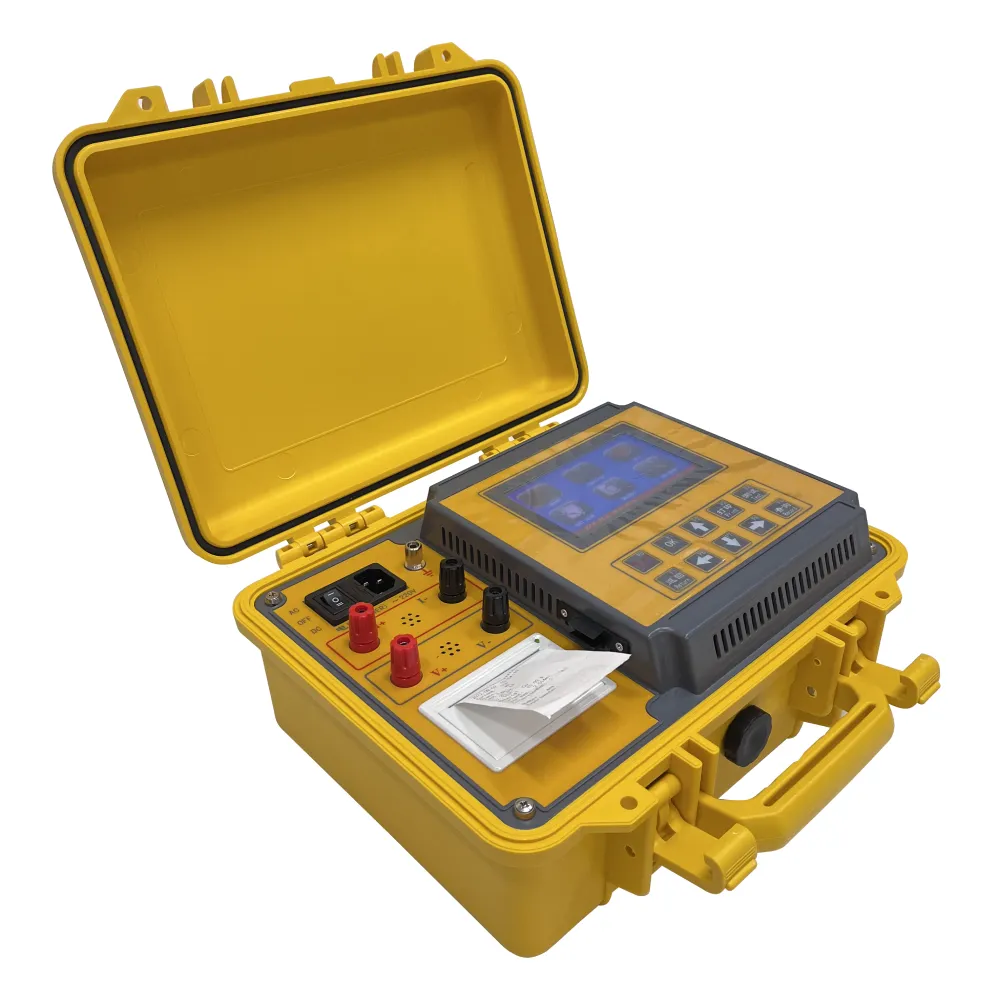 English
English


Circuit Breaker Timing Evaluation Procedures for Enhanced Reliability and Performance Assessment
Understanding Circuit Breaker Timing Tests
Circuit breakers play a crucial role in electrical systems by protecting equipment from overloads and short circuits. Among the various tests conducted to ensure their reliable operation, circuit breaker timing tests are essential. These tests measure the time it takes for a circuit breaker to operate, which is vital for maintaining system integrity and safety.
What is a Circuit Breaker Timing Test?
A circuit breaker timing test evaluates the operational performance of a circuit breaker by measuring how quickly it can open or close the circuit in response to an electrical fault. Essentially, this test aims to determine the mechanical and electrical timing characteristics of the breaker, allowing engineers to ensure that the device functions correctly under fault conditions.
Timing tests are typically performed under controlled conditions to ensure accuracy. The main parameters measured include the operation time, which is the time it takes for the breaker to detect a fault and open, and the reset time, which measures how quickly it can return to its neutral or operating state after tripping.
Importance of Timing Tests
The timing of a circuit breaker is critical for several reasons
1. Protecting Equipment A timely disconnection is essential to prevent damage to downstream equipment caused by prolonged overloads or short circuits. If a circuit breaker takes too long to operate, it may not effectively protect the equipment, potentially leading to costly repairs or downtime.
2. Coordination with Other Protection Devices In modern electrical systems, multiple protection devices often work together to isolate faults. A timing test helps ensure that each breaker operates in a coordinated manner, minimizing disruption while maximizing protection efficiency.
3. Compliance with Standards Many industries must adhere to stringent safety and operational standards. Regular timing tests ensure compliance with these regulations, promoting safety and reliability in electrical systems.
circuit breaker timing test

The Testing Process
Timing tests can be performed using specialized equipment designed to simulate fault conditions. The process typically involves the following steps
1. Preparation The circuit breaker is isolated from the power source, and safety protocols are implemented to protect the personnel conducting the test.
2. Connection Timing test equipment is connected to the circuit breaker. This equipment often includes a time interval meter, which records the breaker’s operation times.
3. Simulation of Faults The tester simulates a fault condition by applying a current to the circuit breaker. This can be achieved using a test set that introduces a predetermined level of overcurrent.
4. Measurement The time interval meter records the time taken for the breaker to trip and open the circuit, as well as any relevant timing for resetting the device.
5. Analysis After the test, the results are analyzed against manufacturer specifications and industry standards. This analysis helps determine if the breaker is performing as expected and can provide insights into maintenance needs.
Conclusion
Circuit breaker timing tests are a critical aspect of maintaining electrical system integrity and safety. By measuring the operational responsiveness of circuit breakers, these tests help ensure that electrical systems function as intended, protecting both equipment and personnel from the dangers posed by electrical faults. Regular testing and maintenance not only comply with safety standards but also extend the life of critical electrical infrastructure. In an age where reliability and safety are paramount, understanding and implementing circuit breaker timing tests is essential for any electrical engineer or technician.
-
Differences between open cup flash point tester and closed cup flash point testerNewsOct.31,2024
-
The Reliable Load Tap ChangerNewsOct.23,2024
-
The Essential Guide to Hipot TestersNewsOct.23,2024
-
The Digital Insulation TesterNewsOct.23,2024
-
The Best Earth Loop Impedance Tester for SaleNewsOct.23,2024
-
Tan Delta Tester--The Essential Tool for Electrical Insulation TestingNewsOct.23,2024





